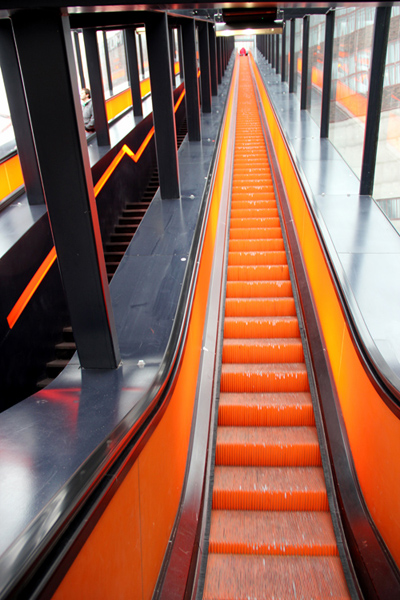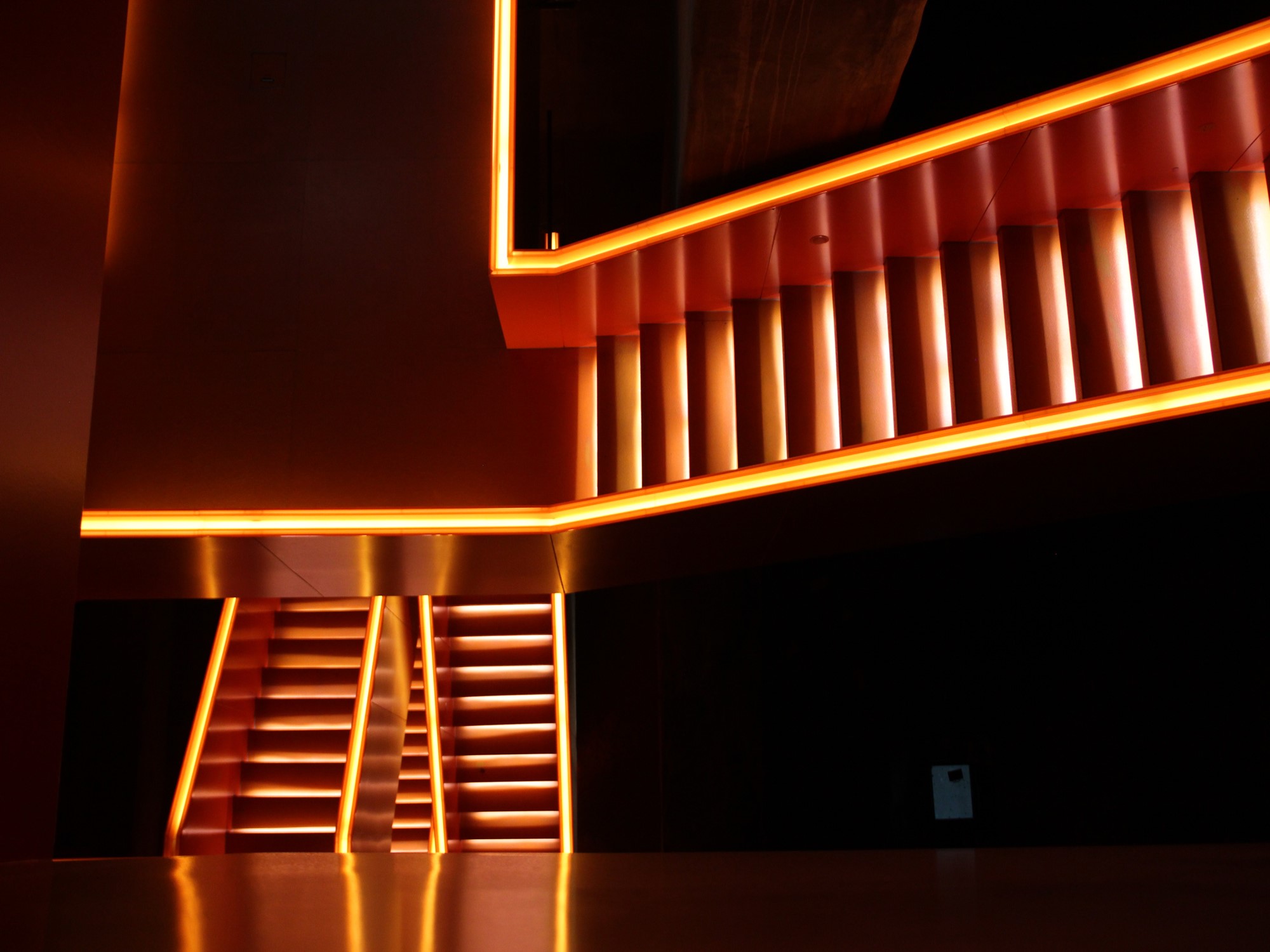Preservation through alternative use.
Motto of the Zeche Zollverein, Unesco World Heritage Site
What happened to all those industrial areas during the late 20th century up till the 21th century? It seems that they were left-aside and forgotten although they had played a crucial role in the past. The Ruhr Area in Western Germany was heavily industrialized. Coal mines, steelworks and the railway industry dominated its landscape. in the 19th up until the 20th century.
When the mines closed and industrialization stagnated, the buildings were abandoned and whole communities left unemployed.
So what is left of those areas in today’s urban landscape? The Zeche Zollverein in Essen is a former coal mine and a Unesco World Heritage Site that houses a museum explaining the culture and history of the area. The whole zone is made up of Shaft XII, Shaft 1/2/8 and the coking plant. Today, there are several museums, a restaurant/café, art studios, event halls and even a business school using its old facilities.

Zollverein with Christmas tree

lots of love for Yusef


Zollverein in a puddle
The Ruhr Museum located at Shaft XII is a great museum showing the past and present of industrial areas. It focuses on the heritage of the area from those industrial times: its people (a melting pot of different workers/immigrants), its infrastructure (dense autobahn and railway systems and lots of urban housing concepts) and its industrial buildings which await alternative uses. It in itself is a great fusion of modern architecture and old steel and brick structures which is perfect for urban photography.







After visiting the Ruhr Museum, we headed to the Red Dot Design Museum which is just a few building away where we saw a beautifully concepted exhibition of design objects and materials. The exhibition was greatly incorporated into the halls architecture and brought out the beauty of the place perfectly.



last views of Zollverein
Our last stop was the Museum Folkwang which is an art museum with a great selection of paintings and sculptures. It is closely linked to the industry (everything here really is) as the Alfried Krupp von Bohlen and Halbach-Foundation (Krupp was an industrialist of the Krupp dynasty) acts as a sponsor and supplier and funded the constructions of the new building. The funds also allow the museum to grant visitors entrance to the permanent collections free of charge. Kind of interesting to see where industrial money is going towards today.


Marc Chagall – Champs de Mars

Max Ernst – Paysage


Karl Otto Götz – Vernes


